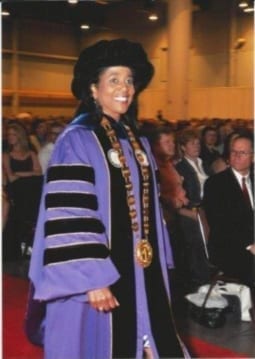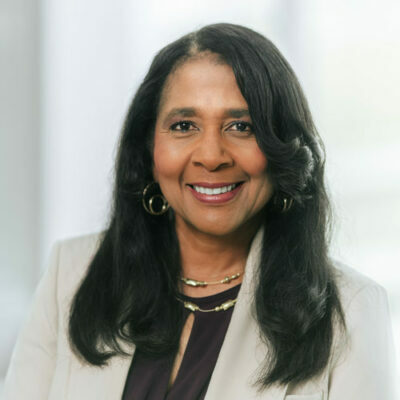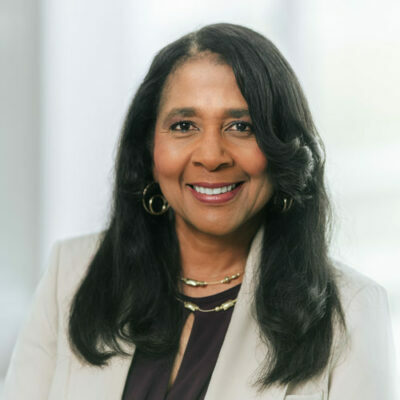Have you noticed that in the last few years, colleges and universities have been announcing they have just hired the “first” woman president or perhaps the “first woman person of color” president?
It appears as if we are making progress as we see more women leaders stepping up to lead major colleges and universities. The perception is that the numbers are growing, yet in reality, only one in four college presidents are women.

This same publication reports a disturbing trend that the proportion of presidents who represent racial or ethnic minorities showed a slight decline between 2006 and 2011, from 14 percent to 13 percent. And when minority-serving institutions are excluded, only 9 percent of presidents represent minority groups.
I actually completed the survey that led to these findings as I entered my presidency in 2011. I was named the first woman and first person of color to serve as president and CEO of Des Moines University, a 117-year-old health sciences university in Des Moines, Iowa. I began in March 2011 and four years later, I have come to realize the importance and value of sharing my story, which hopefully will inspire the next generation of female college presidents, particularly those who are women of color.
Being the first comes with some very interesting dynamics. Research from an organization called Catalyst that suggests that women leaders are scrutinized in a different way than men. Catalyst found that women often are seen as either “too soft or too tough” but never “just right”—competent but not necessarily well liked, or liked but not necessarily competent.
My hope has been to work to change this dichotomy and encourage women to just be who they are while understanding that no matter how much we try, we may or may not be perceived as we really are. So women find themselves having to be cognizant of the stereotypical thinking, acknowledge the double standard, and respond to the opinions and perceptions of others, all while trying to stay true to who they really are. Yet, the awareness allows us to stay vigilant.
While it happened more in my first few years as president, I still am faced with a few quizzical looks and a sense of awe and surprise when I am introduced as president. Not only are people pleasantly surprised that DMU’s president is a woman, but even more, they are intrigued with the fact that I am African American.

It was the experience of sharing the story and coming to terms with my own feelings of self-doubt that led me to write then publish my personal memoir, An Unconventional Journey…An Unlikely Choice. Writing it was cathartic as I shared my story of perseverance and awakening. There are lessons learned in leadership, but I also highlight the value of mentorship and professional development for anyone aspiring to lead.
As a little black girl growing up in a small town in South Carolina, I could have never imagined being a college president. That is the problem that needs to be corrected. We should make sure every little girl, regardless of race or ethnicity, feels so inspired to be able to dream that one day, they too can be whatever they want to be.
As I marched as the commencement mascot for the graduating class of Mims High School in McCormick, South Carolina in 1965, it would have been an impossible dream to one day be donning a different cap and gown, one that symbolizes the four velvet bars of a president. Now, it is not just pretend…but real.
This post was written for the American Council on Education’s blog, Higher Education Today.

